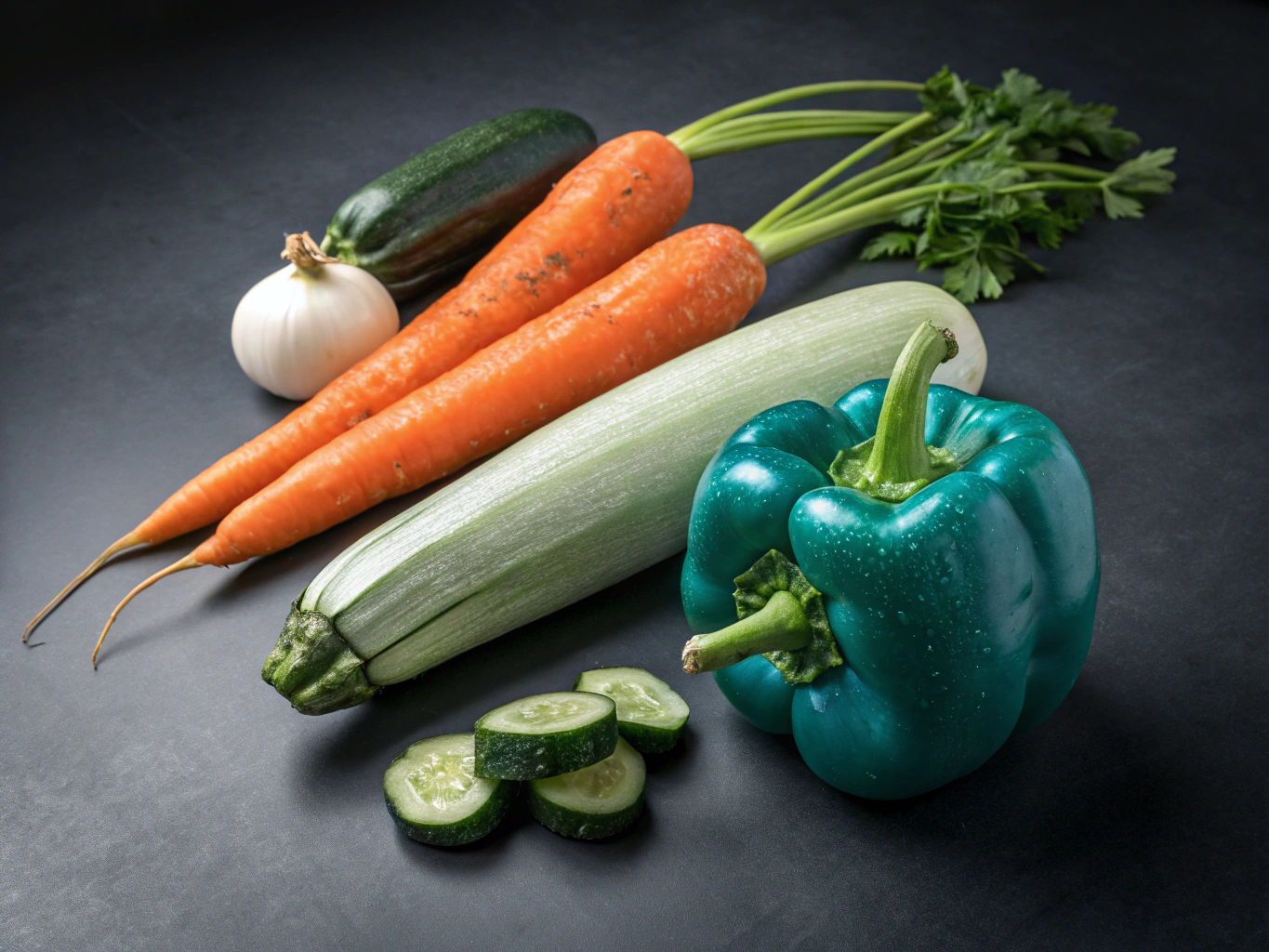Understanding Low FODMAP Vegetables: A Guide for Sensitive Digestions
If you’ve ever felt like your stomach has a mind of its own after a hearty veggie platter, you’re not alone. Many people grapple with digestive discomfort that seems to come out of nowhere, especially after eating certain plant-based foods. That’s where the concept of low FODMAP vegetables becomes a game-changer. It’s a way to enjoy the vibrant, nourishing world of vegetables without the unwelcome side effects like bloating, gas, or pain. But what exactly are FODMAPs, and how can understanding them transform the way you approach your meals?
What Are FODMAPs and Why Do They Matter?
FODMAP is an acronym that stands for fermentable oligosaccharides, disaccharides, monosaccharides, and polyols. Fancy words, but essentially, they’re specific types of short-chain carbohydrates that are poorly absorbed in the small intestine. When these carbs reach your gut, they ferment—think of it as a tiny microbial party that produces gas, leading to discomfort for those with sensitivities or irritable bowel syndrome (IBS).
Many vegetables—those leafy greens, root vegetables, and even some fruits—contain varying levels of FODMAPs. For those with IBS or other digestive issues, choosing low FODMAP vegetables can significantly improve their quality of life. It’s not about eliminating all vegetables but rather understanding which ones can be enjoyed freely and which ones require moderation.
The Low FODMAP Vegetable Landscape
Common Low FODMAP Veggies
The list of low FODMAP vegetables isn’t endless, but it’s surprisingly diverse. Think zucchini, carrots, eggplant, spinach, and kale—these are generally safe bets. Also, consider potatoes, cucumbers, and green beans as friendly options. The key is in portion control; some vegetables are low FODMAP only when eaten in moderation. For example, a small serving of asparagus might be okay, but a big plate could trigger symptoms.
Vegetables to Approach with Caution
On the flip side, veggies like onions, garlic, cauliflower, and mushrooms are high in FODMAPs. They’re flavorful powerhouses but can cause issues if you’re sensitive. For those who love the taste of garlic and onion, alternatives like garlic-infused oil can impart flavor without the FODMAP load, since the problematic carbs aren’t soluble in fat.
Transforming Your Eating Habits
Adopting a low FODMAP diet isn’t about deprivation; it’s about awareness and experimentation. By understanding which vegetables are less likely to cause discomfort, you can craft meals that are both satisfying and kind to your gut. This approach opens up a new realm of culinary creativity—think hearty roasted carrots, spicy eggplant stir-fries, or fresh cucumber salads—without the dread of an upset stomach lurking in the background.
Actionable Recommendations
- Start small: Incorporate low FODMAP vegetables gradually, paying attention to how your body responds.
- Portion wisely: Even low FODMAP veggies can cause issues if consumed in large quantities—moderation is key.
- Experiment with cooking: Roasting, grilling, or steaming can enhance flavors and make vegetables easier to digest.
- Leverage alternatives: Use garlic-infused oils or herbs to add depth without FODMAPs.
- Consult a specialist: If digestive issues persist, working with a dietitian can help tailor a plan suited to your needs.
Understanding the landscape of low FODMAP vegetables doesn’t just help with digestion—it can renew your relationship with plant-based foods, turning them from potential triggers into sources of joy and nourishment. So, next time you’re planning your meal, remember: knowledge is power, and a little awareness can transform your plate into a sanctuary of both flavor and comfort.
Checkout ProductScope AI’s Studio (and get 200 free studio credits)

